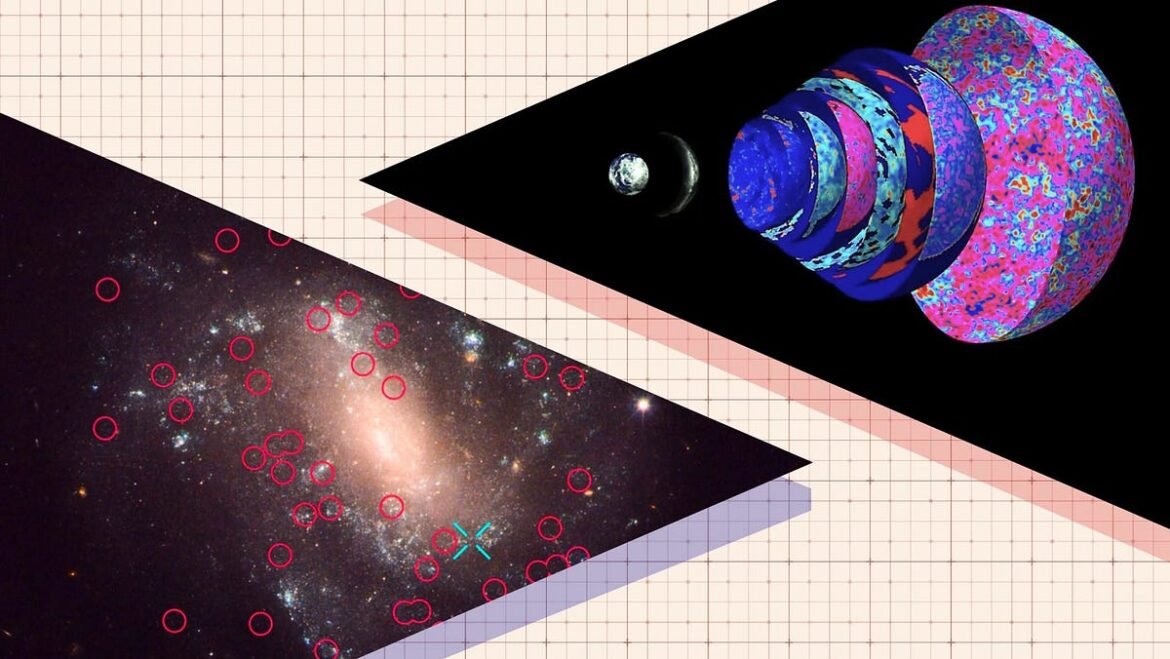Different methods of measuring the Universe’s expansion rate yield high-precision, incompatible answers. But is the problem robustly real?
One of the greatest discoveries in all of modern science was that of the expanding Universe. It led us to the notion of the Big Bang, gave us insight into our cosmic origins and ultimate fate, and helped us ultimately discover the unexpected existence of dark energy. While the quest to measure the expansion rate appeared to reach a satisfying conclusion in the early 2000s, improved, more precise data has instead revealed a conundrum for modern cosmology: the two main methods of measuring the expansion rate lead to different, mutually incompatible results for just how quickly the Universe is expanding.
Many — including me — have wondered whether this was a real problem, or whether it was just the result of unaccounted-for errors and uncertainties. Recent advances in astronomy, including type Ia supernova studies, nearby parallax measurements, and de-crowding of star fields in the JWST era, have only strengthened this incompatibility. What was initially called the Hubble tension has now, in 2025, been called a full-blown crisis from many in the field, as the discrepancies have…

